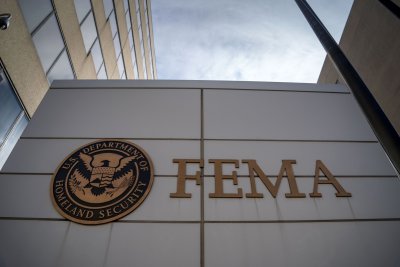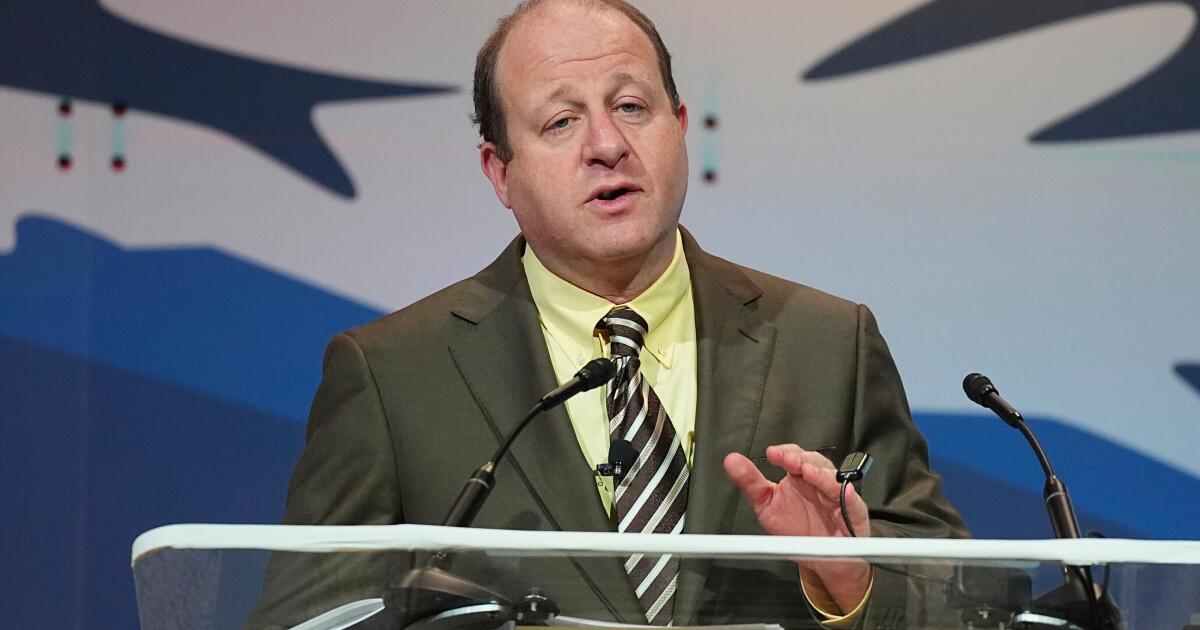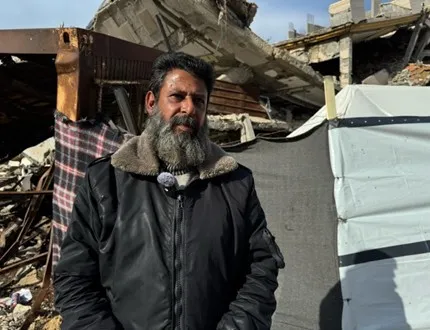Coronation Street viewers blasted one character’s sudden exit storyline as they struggled to believe it could happen and labelled the whole thing as a ‘disaster’
Coronation Street fans described Tuesday’s episode as a “disaster” after Dee Dee Bailey announced her plans to leave. The lawyer, who has been played by Channique Sterling-Brown, 28, since 2022, decided on the latest episode of the world’s longest-running TV soap that it was time to move on from the Weatherfield backstreet.
The programme normally airs Mondays, Wednesdays and Fridays but there was a slight schedule change owing to ITV’s upcoming coverage of the the Carabao Cup. It has been known for some time know that Dee Dee was set to leave the show, and in newest episode, she revealed she had been offered a new job – but there was a catch.
At first, she was hesitant to tell her father Ed about it, but over a celebratory lunch with him and her brothers at the Bistro, she revealed that it was in Singapore.
Fans will know that Dee Dee is mother to baby Laila, who was born in March, but there had been a lot of back-and-forth over whether her brother James would take on the guardianship. Once James realised what this meant, he raged: “A creche in Singapore, 24/7? You really think that’s in her best interests? What do they even speak out there?”
READ MORE: Helen Flanagans launches savage sweary outburst at ex-fiance Scott SinclairREAD MORE: Coronation Street fans ‘heartbroken’ over cruel Todd twist in powerful episode
Pleading her case, Dee Dee said: “I have agonised over this. And yes, it’s the right thing for me, but I’m sorry, it is also the best thing for Laila. A job where I can make a difference!” James raged: “I was there for you. I was there for Laila. I provided a solution. This was your idea! This was always, always going to happen.”
He then told his sister that she had “timed” everything to make sure things turned out this way and when he and Michael were in the pub later on, things had still not calmed down. When Dee Dee walked in, she offered to buy James a drink but he refused. He then headed into the pub toilets where he burst into tears, and text on/off lover Carl Webster to see if he wanted to meet up.
As details of Dee Dee’s exit plans came to light, fans took to social media to share their reaction. One wrote: “Losing Dee Dee but keeping the rest of the Baileys is such a disaster,” whilst another said: “So Dee dee has been a solicitor in New York Wethersfield and now Singapore. Where next Seaham Harbour?”
A third added: “I like Dee Dee but I wish this new job was a bit more believable. She is going to Singapore alone, no support, with a baby. If she took a job near her ‘gone to look after her aunt and never seen again mother’, I could believe it,” and a fourth wrote: “Dee Dee never spends any time with her kid now when she’s surrounded by family, so she’ll probably never see her in Singapore. She’ll be fobbed off to a nursery or nanny.”
Actress Channique, 28, announced her departure to The Mirror and other press, explaining for the first time her reasons for stepping down from the role. Channique said it felt like the right time “to be brave” and try new roles, as she got tearful in her exit chat.
Becoming emotional, she revealed she would miss her character, as she explained her decision that she made months ago. She said: “I made the decision in spring, and it wasn’t a rash decision. You know, I really took a couple of months from being offered my next year contract to actually even respond.
“I felt really torn, but I really just had, you know, the sense that it just felt like the time. I feel like I’ve been so privileged, and I’ve got to tell some great stories, and it’s been so wonderful. And obviously I’m very led by my faith as well.
“So I just really took my time over it and prayed into it. And I think, yeah, I found a real sense that I had done what I’d come to do, if that makes sense, not that I ever knew exactly what it was, but it just felt like I had achieved what I was sent here to do, so it was time to be brave.”
She told us: “I think Dee-Dee has changed a lot. She’s been through a lot. She was so ditsy and all this stuff when she came. But I think she very quickly, like we saw her heart with her being with Paul a lot, and we saw her strength standing up to Adam.
“We saw her, you know, soft side with all the stuff with her dad and the gambling. So I think, you know, she, she still has all those things. I think she’s definitely, obviously a bit worse for wear.
“But I think she’s finding her way back to herself at the minute. I think that’s really lovely, where we see her on screen. She’s finding some happiness. She’s finding herself again. And I think that’s life, isn’t it? You obviously change and things shape you, but it’s how many times you get back up? That’s what counts.”
Coronation Street airs Mondays, Wednesdays and Fridays at 8pm on ITV1 and ITV X. * Follow Mirror Celebs and TV on
TikTok ,Snapchat , Instagram , Twitter , Facebook , YouTube and Threads .











